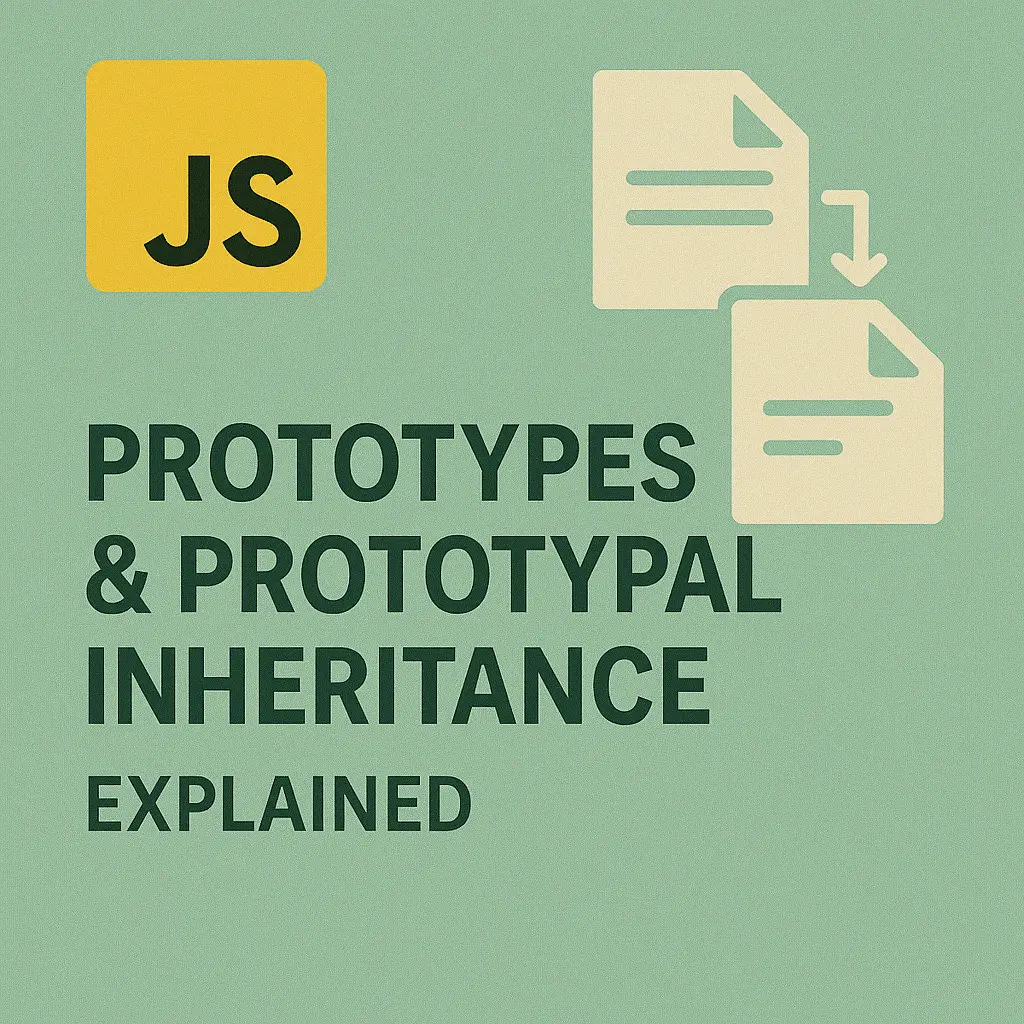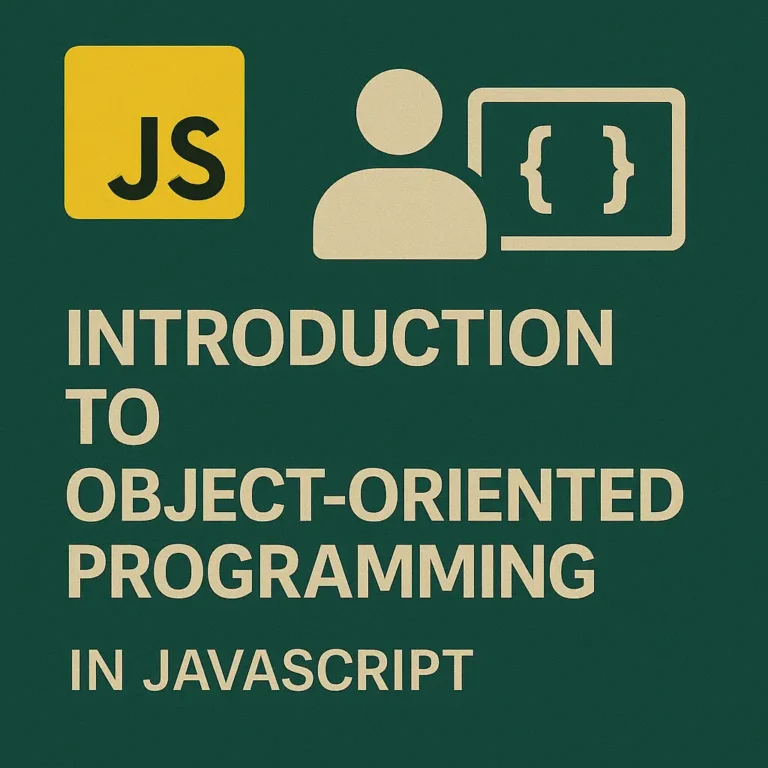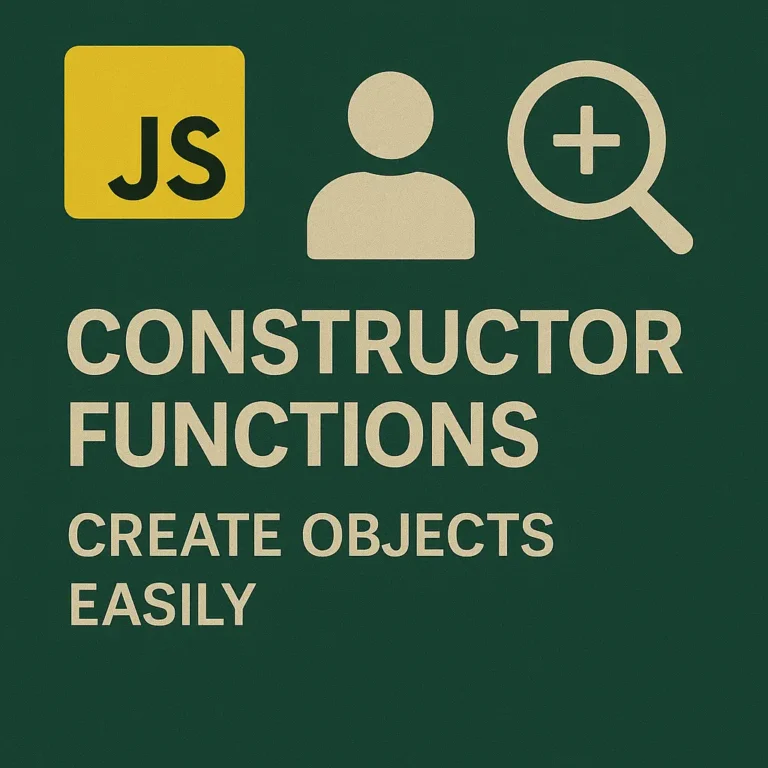While JavaScript is often described as a “prototype-based” language, these concepts can be initially challenging for developers transitioning from class-based languages. In this comprehensive guide, we’ll delve deep into prototypes and prototypal inheritance, covering everything from their fundamental principles to their practical applications in JavaScript.
Understanding Prototypes
At its core, a prototype is an object from which other objects inherit properties. Every JavaScript object has a prototype, which serves as a blueprint for the object’s properties and methods. When you access a property or method on an object, JavaScript first checks if the object itself contains that property or method. If it doesn’t, JavaScript looks for it in the object’s prototype, and continues up the prototype chain until it finds the property or reaches the end of the chain.
const myObject = {
a: 1,
b: 2
};
console.log(myObject.a); // Output: 1
console.log(myObject.toString()); // Output: [object Object]
In the example above, myObject has its own properties a and b. However, when we call the toString() method on myObject, JavaScript doesn’t find it directly on myObject, so it looks for it in myObject‘s prototype chain. Eventually, it finds the toString() method in the Object prototype, which is the top-level prototype for all JavaScript objects.
Prototype Chain
The prototype chain is a mechanism that allows objects to inherit properties and methods from their prototypes. When you access a property or method on an object, JavaScript traverses the prototype chain until it finds the desired property or method. If the property or method is not found anywhere in the prototype chain, JavaScript returns undefined.
const myObject = {
a: 1,
b: 2
};
const myPrototype = {
c: 3,
d: 4
};
Object.setPrototypeOf(myObject, myPrototype);
console.log(myObject.a); // Output: 1
console.log(myObject.c); // Output: 3
In the example above, we set myPrototype as the prototype of myObject using Object.setPrototypeOf(). Now, when we access properties on myObject, JavaScript first looks for them in myObject itself. If it doesn’t find them, it looks for them in myObject‘s prototype (myPrototype), and so on.
Prototypal Inheritance in JavaScript
Prototypal inheritance is the process by which objects can inherit properties and methods from other objects. In JavaScript, objects inherit from other objects through their prototypes. This allows for a flexible and dynamic way of defining object relationships and behavior.
function Person(name) {
this.name = name;
}
Person.prototype.greet = function() {
console.log(`Hello, my name is ${this.name}.`);
};
const john = new Person('John');
john.greet(); // Output: Hello, my name is John.
In the example above, we define a constructor function Person that sets the name property of each Person object. We then add a greet() method to the Person prototype, which allows all Person objects to greet themselves.
function Student(name, grade) {
Person.call(this, name);
this.grade = grade;
}
Student.prototype = Object.create(Person.prototype);
Student.prototype.constructor = Student;
const alice = new Student('Alice', 10);
alice.greet(); // Output: Hello, my name is Alice.
In this example, we define a Student constructor function that inherits from the Person constructor function. We use Object.create() to create a new object with Person.prototype as its prototype, and then set Student.prototype to this new object. This allows Student objects to inherit the greet() method from the Person prototype.
Conclusion
Prototypes and prototypal inheritance are fundamental concepts in JavaScript, enabling powerful and flexible object-oriented programming techniques. By understanding how prototypes work, how the prototype chain is traversed, and how prototypal inheritance is implemented, you’ll be better equipped to leverage JavaScript’s object-oriented capabilities to build robust and maintainable code. Whether you’re a beginner or an experienced developer, mastering prototypes and prototypal inheritance is essential for becoming proficient in JavaScript programming.






